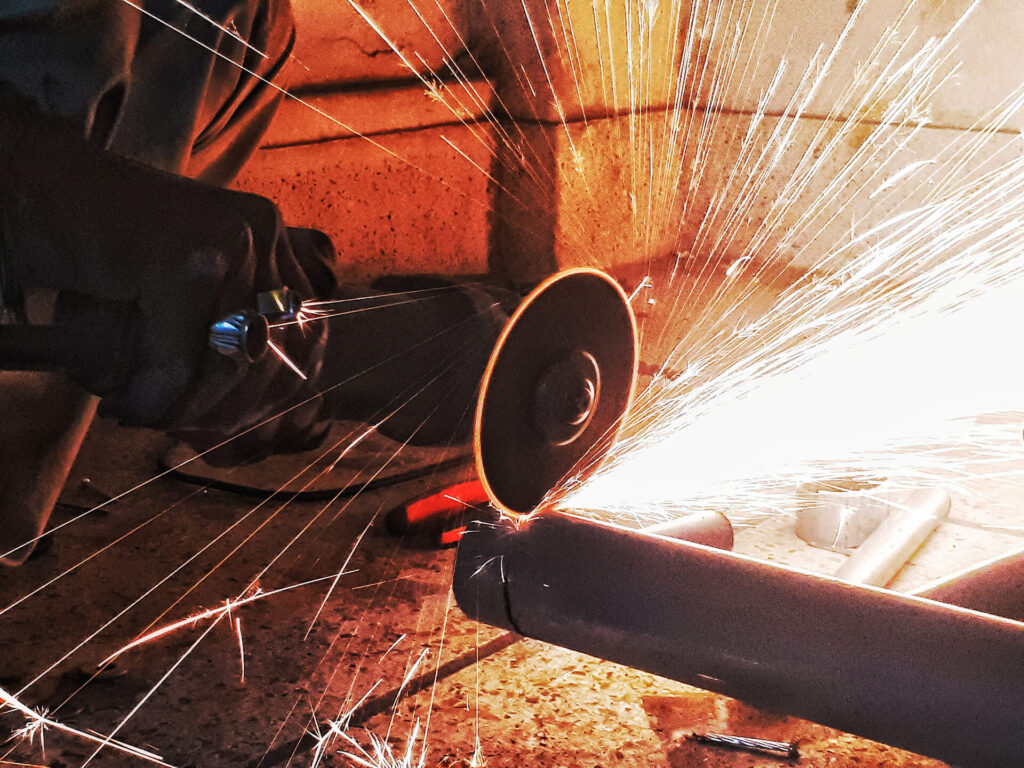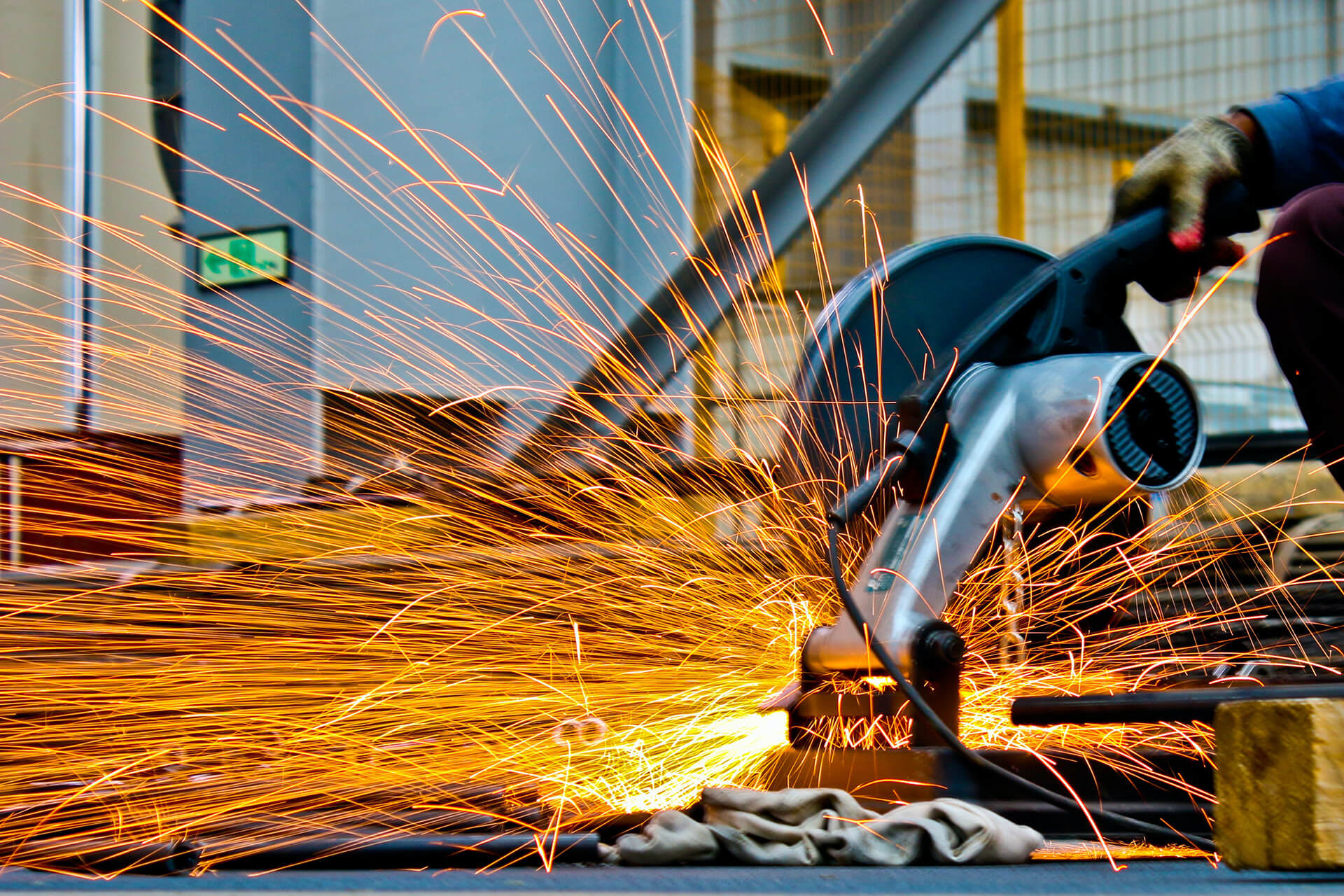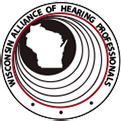Hearing loss can occur if you operate in a noisy setting for an extended length of time. As a result, as part of their duty of care to you, your employer should take efforts to ensure that you do not suffer from hearing loss.
This may include giving you ear protection, insulating your workspace, or rotating your responsibilities to take you away from the noise for a bit. It may be possible to seek compensation if your employer fails to intervene and your hearing is harmed as a result.
Table of Contents
Differences between Deafness and Hearing Loss
It’s critical to understand the varying stages of hearing loss.
Hearing loss is a condition in which a person’s ability to hear sounds in the same manner as other people is impaired – hearing thresholds of 20 dB or more in both ears. People with hearing loss, ranging from slight to severe, are referred to as “hard of hearing.” Hearing aids, cochlear implants, and other assistive technologies, as well as captioning, can help those with those problems.
Deafness is a condition when a person’s hearing is impaired, even when sound is increased. The term “profound deafness” refers to a complete loss of hearing. A person with extreme deafness is completely deaf to sound. The degree of hearing loss is determined by how much louder the loudness must be before they can perceive a sound. The majority of persons who are labeled as “deaf” have substantial hearing loss, which means they have very little or no hearing. They frequently communicate with sign language.
Levels of Hearing Loss & Deafness
There are four different stages of deafness or hearing loss:
- Mild deafness or mild hearing loss – The person can only hear noises that are between 25 and 29 decibels loud (dB). They may struggle to understand what others are saying, particularly if there is a lot of background noise.
- Moderate deafness or mild hearing loss – A person with mild deafness or hearing impairment may only notice noises between 40 and 69 decibels. It’s tough to follow a conversation without a hearing aid if you don’t have one.
- Severe deafness – Severe deafness occurs when a person can only hear noises that are between 70 and 89 decibels. Even if they have a hearing aid, a profoundly deaf person must lip-read or use sign language to communicate.
- Profound deafness – Profound deafness is defined as the inability to hear sounds below 90 decibels. Some persons with profound deafness are unable to hear anything at all, no matter how loud it is. Sign language, lip-reading, or reading and writing are all used to communicate.

Source: Unsplash
Types of Industrial Hearing Loss & Deafness
Industrial hearing loss & deafness is caused by working in loud conditions for long periods of time. Even while hearing protection is necessary for the workplace, it is frequently insufficient to avoid ear injury. Noise-Induced Hearing Loss (NIHL) induced by exposure to excessive noise in the workplace is referred to as industrial deafness. It’s also referred to as “occupational deafness.”
Industrial hearing loss, unlike other job ailments, may not be detected for years or decades after the injury has occurred. If the noise in your employment consistently reaches 80 decibels, your company should take precautions to safeguard you to limit the risk of industrial deafness (dB).
Industrial deafness claims can be made for a variety of reasons. They are as follows:
- Temporary Hearing Loss – If a worker is exposed to noises in the 75 to 80 dB range for numerous hours, this can happen. This sort of damage may manifest itself right away or take a few hours to manifest. The sound may look muffled or dull, but after a period of rest in a calm environment, the normal hearing should return.
- Permanent Hearing Loss – This is considerably more significant damage that is produced by extended exposure to loud noise. Noise-induced hearing loss develops over time as a result of prolonged exposure to loud noise without adequate protection. Hearing aids can help in certain circumstances, but in more serious cases, the claimant may have to rely on sign language or lip-reading.
- Acoustic Shock – When a worker is exposed to abrupt loud noises, this form of damage occurs. Explosions, gunfire, loud feedback from headphones and high decibel yelling are all examples of this. The eardrum can be punctured in some situations, resulting in irreversible hearing loss. While many current headphones have a maximum of 118 decibels, some cheaper or older headphones do not and may induce auditory damage.
- Ringing in the ears (Tinnitus) – This is an issue that can be induced by prolonged exposure to loud noise. Tinnitus causes ringing, buzzing, droning, or whistling noises in the ear, even in quiet environments. Tinnitus can be persistent, causing sleep disturbances. It can also cause difficulties concentrating and hearing certain sounds.
Prevention of the Industrial Hearing Loss & Deafness
Hearing loss is the third most frequent chronic physical ailment in the United States, after high blood pressure and arthritis. Hearing loss is one of the most prevalent work-related ailments, which is unsurprising. Every day, workers are exposed to occupational noise dangers. This page contains guidelines and advice for companies and employees to help decrease the dangers of workplace noise exposure.
Ways to prevent Industrial Hearing Loss & Deafness
Find out if the noise in your office is a health issue – If you have to raise your voice to communicate with someone at arm’s length, the noise level is certainly dangerous. You may also use a sound level meter app on your phone to assess the noise level. Check the noise levels in your workplace with your safety manager or direct supervisor to ensure they are less than 85dBA.
Take a break from the noisy activity to reduce your noise exposure. Reduce noise pollution at its source. Use quieter equipment and keep it well greased and maintained. Put a barrier between you and the source of the noise by enclosing it. Separate yourself from the source of the noise by increasing the space between you and it. Spend less time in loud settings. When in a noisy environment, always wear hearing protection and, if using foam plugs, make sure they are properly inserted. If you’re listening to music or whatever else, keep the volume down and listen exclusively in quiet locations.
Reduce or eliminate your exposure to pollutants that may cause hearing loss. Use a chemical that is less harmful or non-toxic. Gloves, long sleeves, and eye protection are all recommended. Wear a respirator or other protective gear if necessary. All chemical safety precautions should be read and followed.
Can I Claim for Loss of Hearing?
Hearing loss workers’ compensation benefits are largely undiscovered benefits covering hearing health care, which is often uninsured. Many health insurance policies and programs like Medicare do not cover hearing aid purchases but workers’ compensation can. It also pays for the disability of hearing loss just as it does for the loss of eyesight or other injuries.
Aging populations, advances in technology, and greater sensitivity to hearing loss are bringing more attention to financing hearing health care. For the most part, those who qualify for hearing loss workers’ compensation benefits are retired hearing-impaired workers who live on fixed incomes.
Always feel free to ask Johnson Law Offices about the process, the law, or an individual case. The legal, medical, and audio-metric questions that come into play in a hearing loss workers’ compensation claim can be complicated.
The claims require attention to detail mixed with an ability to work well with hearing-impaired retirees and their families, especially spouses, and their hearing health care professionals.
Sources
- https://www.cdc.gov/niosh/topics/noise/preventhearingloss/industriesoccupations.html
- https://www.medicalnewstoday.com/articles/249285#Four-levels-of-deafness
- https://www.who.int/news-room/fact-sheets/detail/deafness-and-hearing-loss
Contact Us
If you, or anyone you know, worked in noise and suffers from hearing loss, please do not hesitate to contact us.
Contact Us


